The most recent example of a noir movie I’ve noticed is the Netflix movie series Ripley. Literally, every backdrop, for every scene in the series, is an homage to 1940s noir films.
Ripley Resources
- Details About the Locations
- Five Short Movie Trailers: Trailers
- Actors: Andrew Scott and Dakota Fanning
- Director: Steven Zaillian
- Previous Version: The 1999 film, The Talented Mr. Ripley, staring Matt Damon
- Based on the Novel: Patricia Highsmith’s 1955 novel The Talented Mr. Ripley
Still, despite many recent examples, to fully appreciate the scope of the entire noir genre— in movies, film, books, music, and many other venues— we’ve got to get the complete lay of the land.
Photo by Sofia Sforza on Unsplash
Genre Popularity and Appeal
Noir (or noire) is the French word for black. It can also refer to aspects of places, characters, and genres.
Wikipedia defines our kind of noir as: “…a marked darkness in theme and subject matter, generally featuring a disturbing mixture of sex and violence.”
The term was popularized to describe many of the films from the 1940s.
“[These films] regularly take place against a backdrop of systemic and institutional corruption. However, noir (French for “black”) fiction is centered on protagonists that are either victims, suspects, or perpetrators—often self-destructive.” Wikipedia
There were so many films that fit into this category that critics have had to narrow down things a little by listing t what they feel to be the best 25 noir films of all time.
Photo by Andrew Sharp on Unsplash
At this point, you may be asking yourself the same question I did.
Could a — style? theme? genre? — that was popular in the 1940s have any relevance to the modern world?
The answer is ‘yes.’
For some, the parallels of character and dark subject matter still ring true today.
My Personal Point of View: “The biggest appeal comes from how upsetting these themes seemed to people in the 1940s, and yet how naively simplistic they seem to us today. To a modern audience, these themes are basic, and sometimes solvable, and are an easier entertainment to track to follow than the overly complex themes of the modern world.” Lewis Faulkner
Photo by Francois Linde on Unsplash
Today, you’ll find references to noir all around you, in a variety of different art forms.
- Nordic Noir (Scandi Noir) [Examples: The Killing, The Bridge, Deadwind]
- Tech Noir [Examples: Blade Runner The Terminator]
- Neo-noir [Examples: Brick Sin City Nocturnal Animals]
- Turner Classic Movies
- X (Twitter) and FB groups
- Current TV Series [Example: Sugar]
There are even some modern-day twists on the characters in noir entertainment.
Characteristics that Transcend
- Ballet: Ballet Noir
- Music: Bolts of Melody Film Noir and Rhianna
- Plays: The Play Noir Anthology
- Art: One that I, personally, found fascinating. Check out these images in the Noir style
And, of course, the famous novels:
- The Postman Always Rings Twice by James M. Cain
- The Matese Falcon by Dashiell Hammett
- The Big Sleep by Raymond Chandler
Did I leave out one your favorite novels? Tell me which one in your comments below.
Photo by David Werbrouck on Unsplash
Noir Settings in the Historical Past
Now, let’s zero-in on noir fictional settings themselves.
Many times, these elements are blended in as backdrop or mis-en-scenes in films and novels. A subtle way of emphasizing the theme and conflict, depending on the way those items are depicted and emphasized.
- The confining spaces in big cities
- The dinginess of clubs and cafes
- Angles in general
- Architecture
- Odd camera angles in film
These elements of 1940s film were common signaling devices for the greatest writers and film directors of the genre, like Otto Penzler, Dashiell Hammett, Raymond Chandler, James Cain, and Mickey Spillane.
Even modern writers like James Ellroy.
But the important part to remember is that these elements were already a part of the scene to begin with.
It was simply the emphasis that brought the noir element into focus.
The connotations of Noir center around words like existential, greed, pessimistic, jealousy, alienation, bleakness, loneliness, systemic institutional corruption, meaningless, and nihilism. Is it any wonder that these themes would appeal to a modern-day audience? Got something to say about it all? Leave a comments below.
Photo by Possessed Photography on Unsplash
Searching for the Perfect Fictional Setting
Most writers of fiction are concerned about the setting for their stories.
A farm?
The city?
At work?
The websites and nonfiction books of many modern-day writers allude to location scouting adventures they’ve taken to gather notes for their next novel.
“First of all, I never write about a place I haven’t been to. I make sure that if there is any description in my novels, I have actually been there and walked in that place.” Elizabeth George from Demystifying the Writing Process.
Photo by Lewis Faulkner
Janice Hardy, in her book Fixing Your Setting and Description Problems, has a full chapter on analyzing your setting (as a writer) and looking for “the best ways to describe your setting to ground readers in that world.”
She suggests
- Clarify Your Setting
- Don’t make your setting ‘generic’ descriptions, rather than using particulars
- Describe What’s Unique to the Place
- Describe What Will Be Assumed Incorrectly
- Describe What’s Relevant to the Scene
- Describe What’s Relevant to the Character
- Show by Action, not Description
Jake Wolff also says
“..if you’re writing a story set in medieval England but haven’t supported that setting with any research, [the reader will] see it…” James Wolff from On the Fine Art of Researching for Fiction
Photo by Lewis Faulkner
A Living Example of a Noir Fiction Setting
Typically, a location scout is employed by a movies director to find the perfect location for scenes within a movie, before the actual filming takes place.
The advantages of doing this exploration before the movie begins filming is primarily to save time and money.
The location scout can secure the rights to do the filming on the location ahead of time, as well as bring back vital information that will help the movie director prepare.
Novel writing often requires a similar process, although the novelist usually does this legwork themself.
Sometimes, a novelist knows where they want the location to be and simply visits the site to get information; other times, a novelist vacations or visits a place, and then decides the location would be a good backdrop for their next novel.
In speculative or fantasy writing, occasionally the author just makes up the location – although in order for the location (and sometimes fictional world itself) to have perfect unity, even made-up locations have to be based on some version of reality and consistent rules.
Photo by Lewis Faulkner
a. Preparation
As I began the process for writing Novel Noir, I already knew I wanted to create two primary locations
- The first location would be the normal world, but at a futuristic time, where that world had recently undergone a global war that had placed the protagonist in a version of poverty similar to Weimar Germany after WWI.
- The second location would be in a commercial spaceship the size of the Titanic, which would take rich tourists around the moon and back, like some weirdly futuristic Carnival Cruise vacation.
- Snag– only the ultra-rich would be able to afford this get away.
- And, since the ship would be traveling through outer space, it would conveniently remains outside the jurisdiction of any country. No laws, no prosecutions, no taboos.
Check out this short
Novel Noir Book Trailer Video below:
b. The Confined Setting
This commercial spaceship was merely a location decision. It wasn’t meant to contain the details of a Star Trek episode or involve Star-Wars-like extraterrestrials, although I do enjoy both of those series.
In this case, the primary purpose for using the spaceship location was to position the protagonist and the femme fatal in a place where they could not leave the location easily.
Also, this would provide Dr. William Raven (the protagonist) sufficient time to perform the plastic surgery and would provide the patient (the femme fatale) sufficient time to heal.
Photo by Lewis Faulkner
c. Tying All the Setting Elements Together
After researching color-blindness, I realized this would not be sufficient. Instead, I gave the protagonist, Dr. William Raven, a more sever eye disease (achromatopsia) that would only allow him to see the world in black-and-white.
This decision also provided a thematic way for my protagonist’s assessment of his own encounters to be metaphorically distorted, which led me to the twist that concluded the novel’s entire plot.
Achromatopsia is a rare, bilateral inherited eye disease that results in reduced visual acuity and severe loss of color discrimination.
d. The Research
In preparing to write Novel Noir, I had already done a tremendous amount of research:
- I watched many black-and-white movies from the 1940s, particularly Double Indemnity, and other noir movies by director Billy Wilder, as well as quite a few Humphrey Bogart movies.
- This wasn’t painful research; I actually enjoyed the process.
- I researched modern noir-themed movies, plots, and fiction.
- I read non-fictions books about noir movie directors from the 1940s, and learned about their styles and techniques.
- I read novels by James M. Cain and took notes on the staccato dialog and the ideas behind his plotting. I also explored plot elements that would allow me to use this setting for a novel, rather than a movie.
- I did significant research on plastic surgery.
All these uncoordinated possibilities were twirling around in my head at about the same time my wife and I were preparing to go on a cruise.
- During that cruise, I took a lot of photos of specific things that I thought might illustrate something on an imaginary, commercial spaceship. When I returned from the cruise, I had lots of visual possibilities to work with.
- All I had to do was remove the color from each item! A Photoshop version of achromatopsia!
e. Most Importantly
Most important to the novel research was matching the scale.
An ocean cruise ship was large enough to compare to a commercial spaceship.
And because the ocean cruise company had numerous maps of the ship, behind-the-scenes details on how things worked, and photos that illustrated how the cruise ship was partitioned, I had more than enough specifics to begin the novel.
All of these ingredients turned out to be a treasure trove of backstory ideas and specifics for the novel that I wanted to create.
How could I not write it?
Go Even Deeper at FaulknerFiction
- Check Out More Information about Novel Noir.
- Read a sample chapter of Novel Noir on Amazon.
- Check Out More Videos about My Novels.
OK, So What Do I Do Now?
You’re Artistic. Brilliant. Creative. Maybe even more. Don’t pretend like you don’t have something to say. Come on. Share it with the rest of us in the comments below.


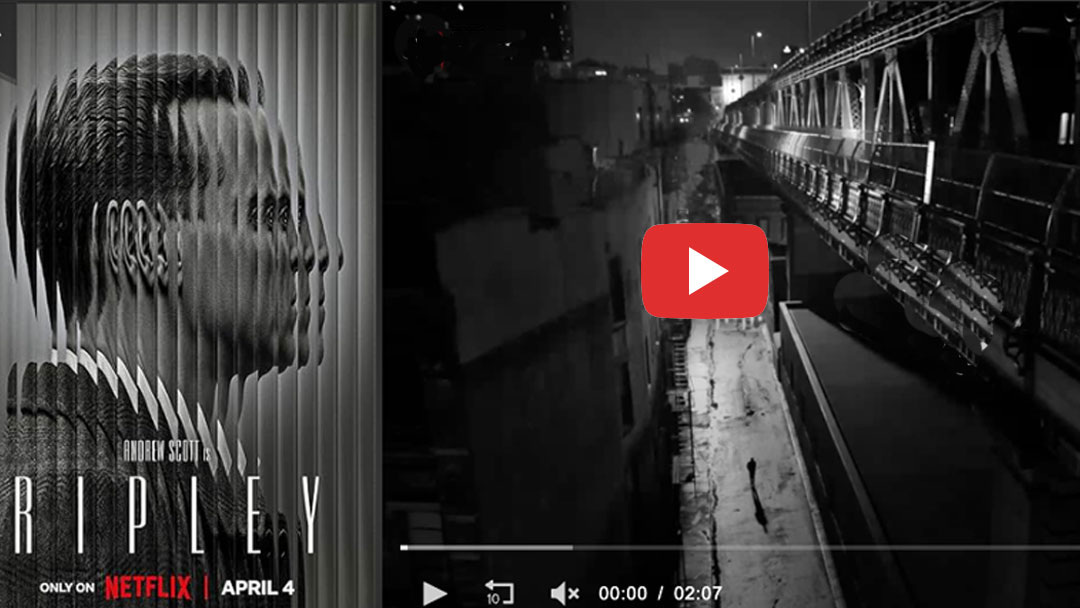
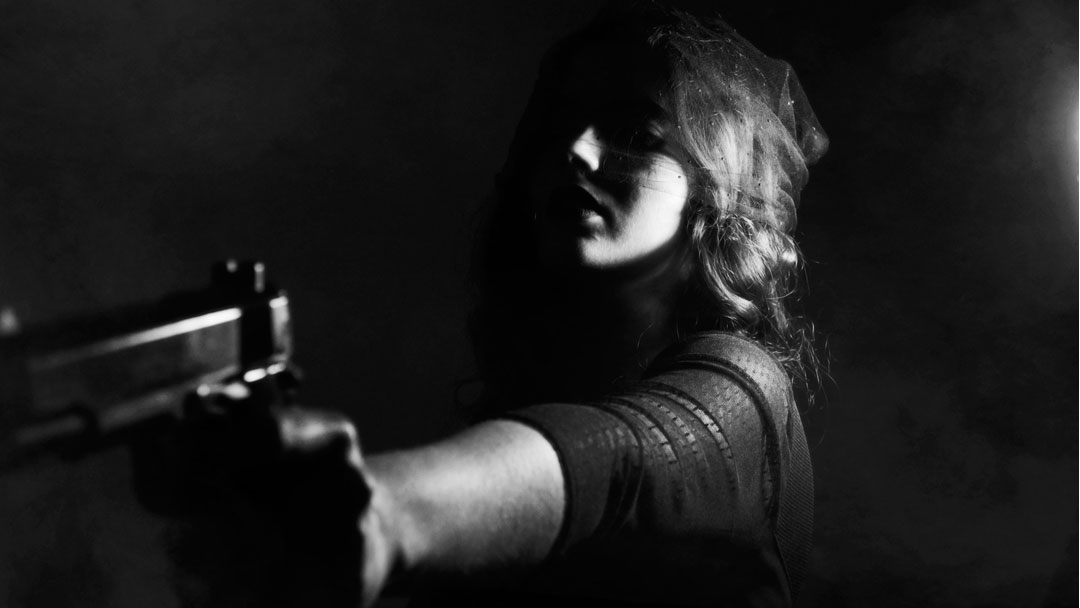
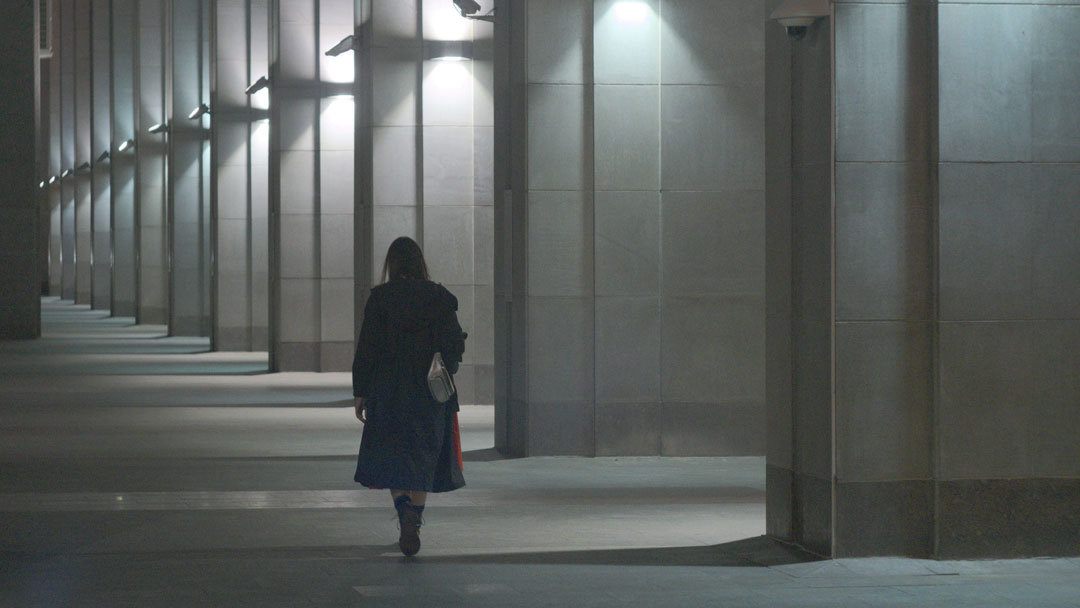
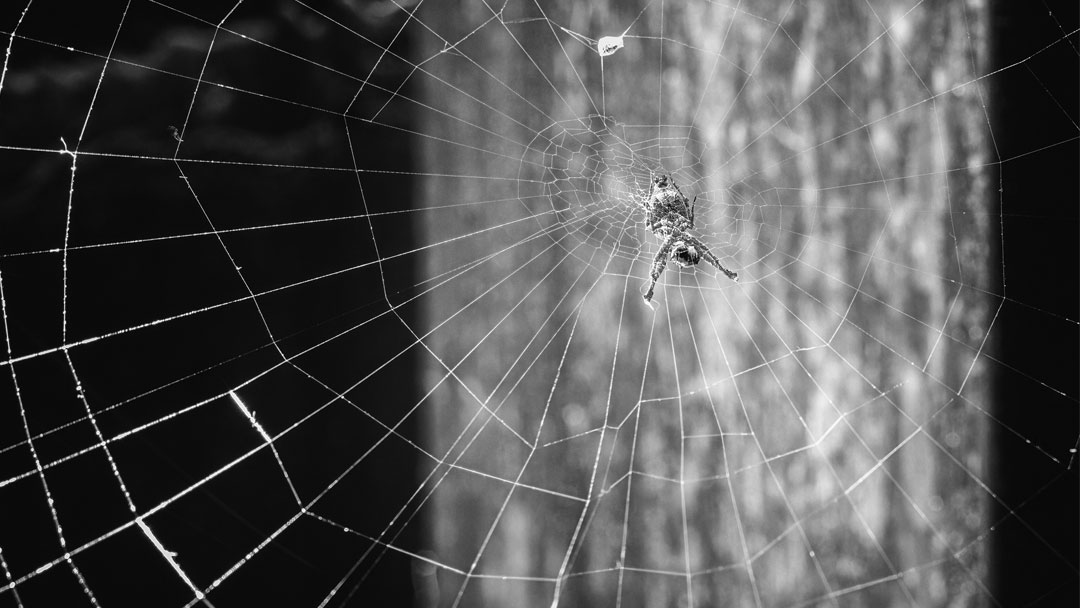
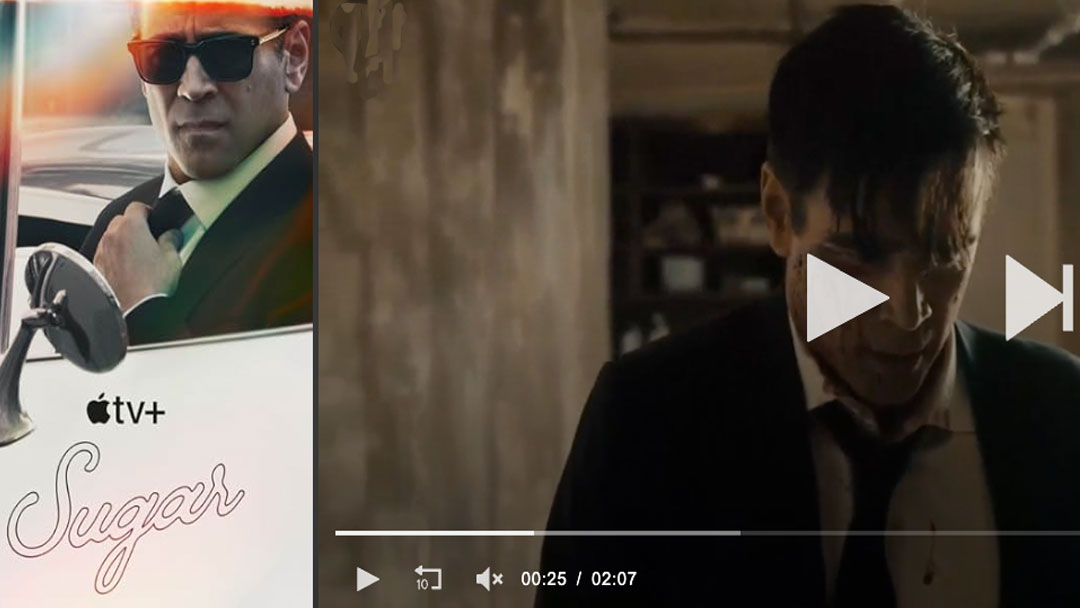
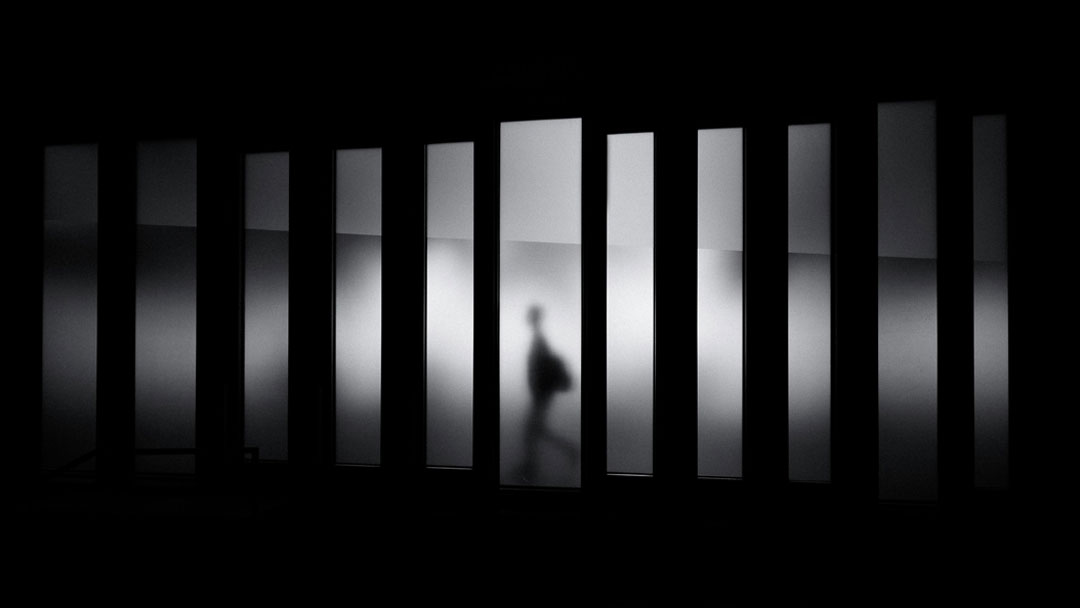

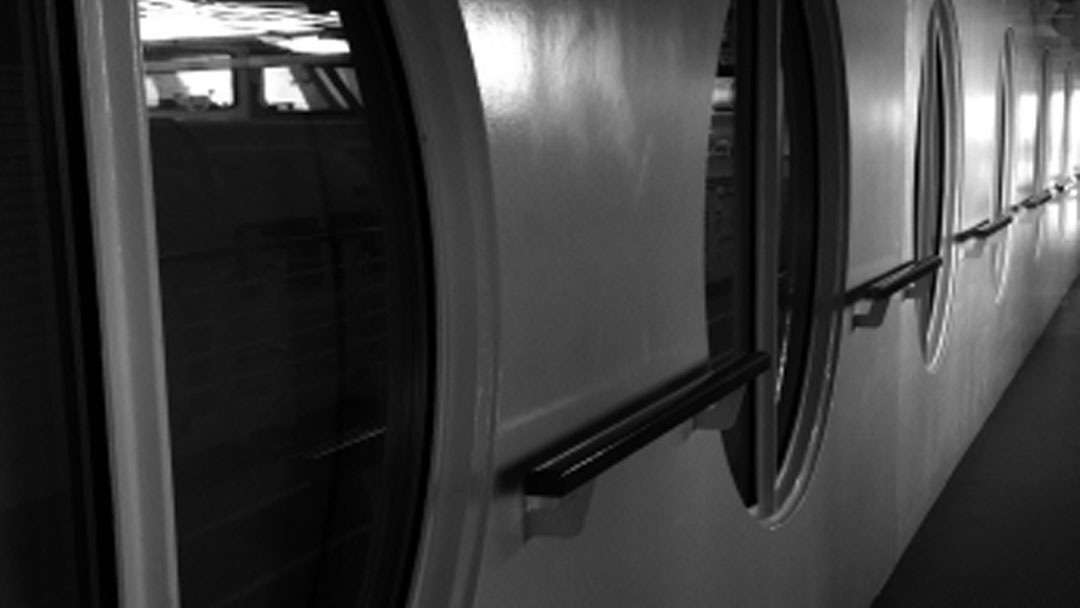
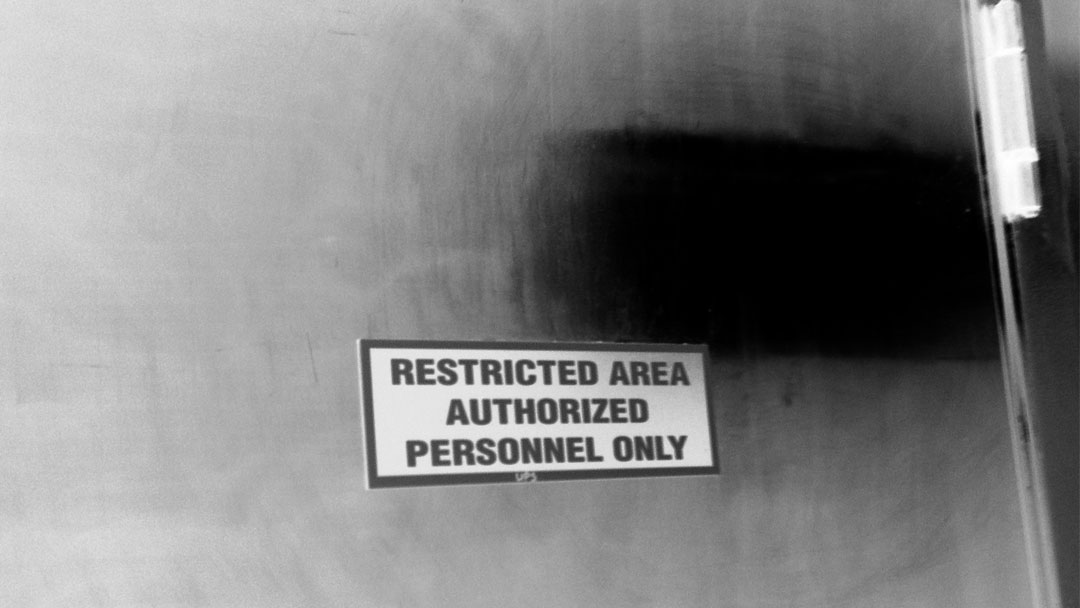

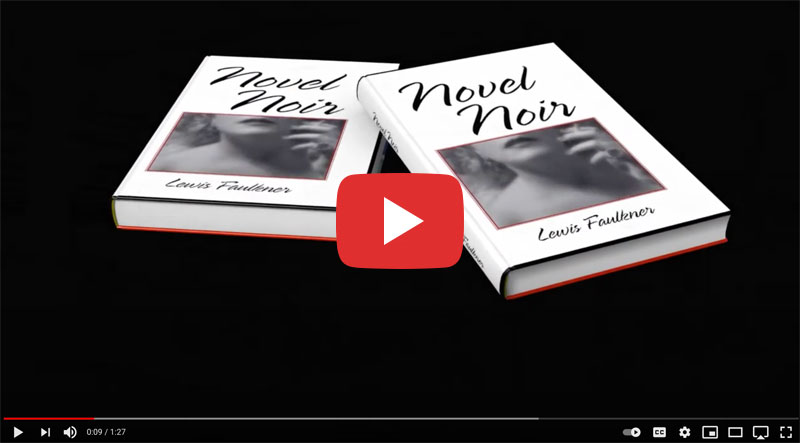
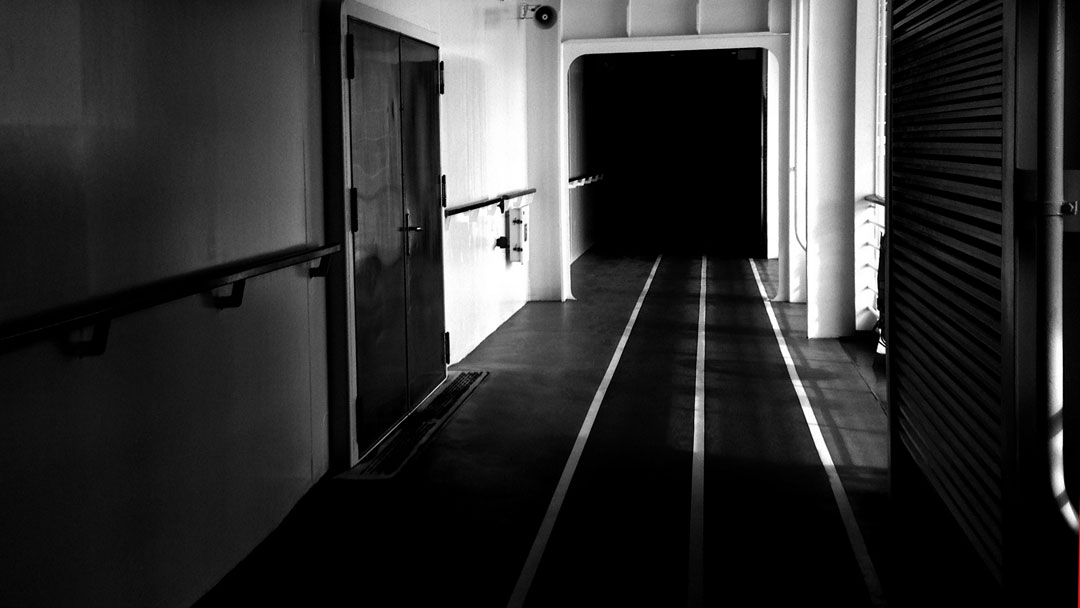
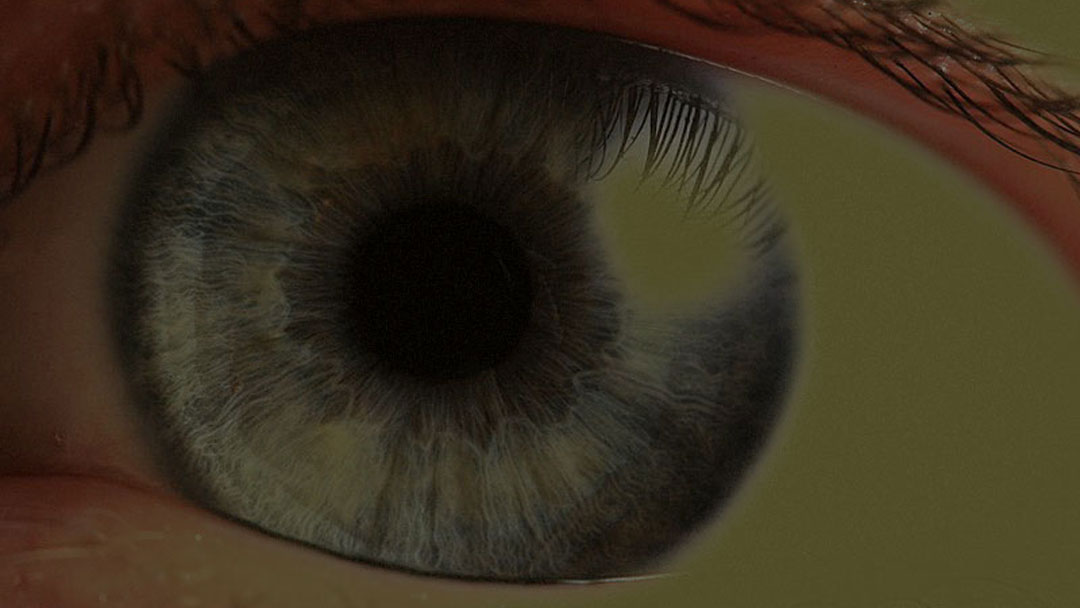
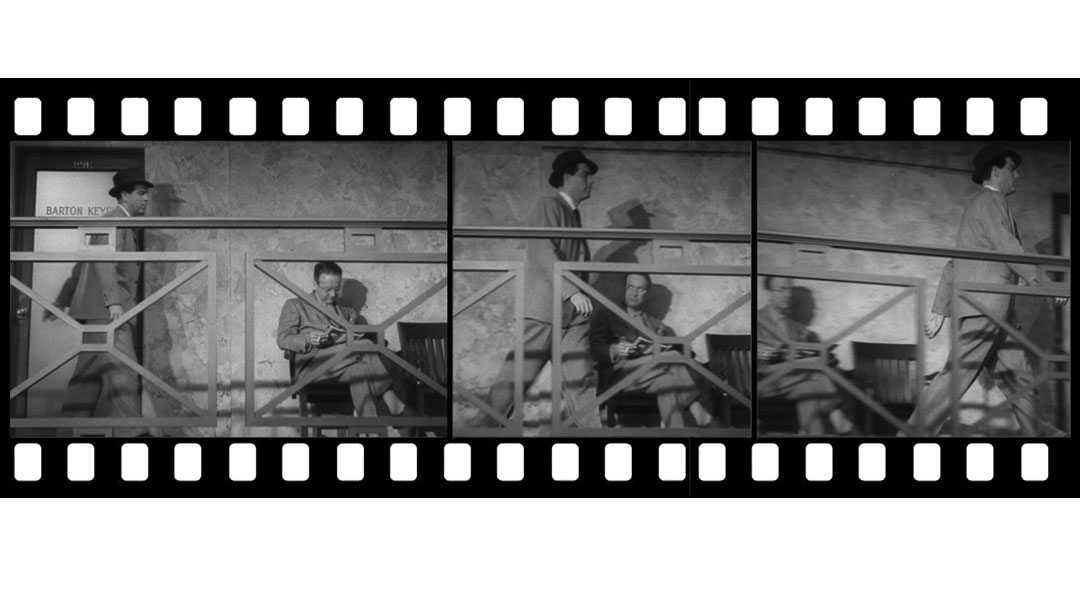
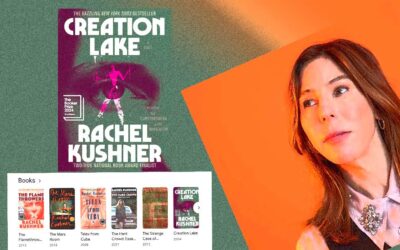

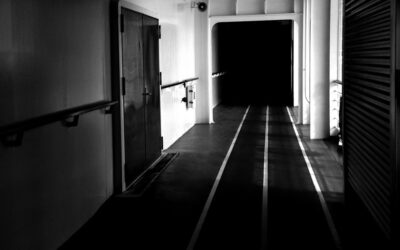
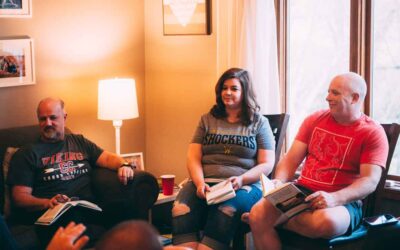
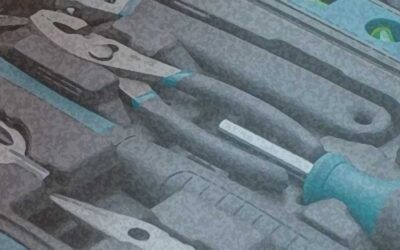
0 Comments